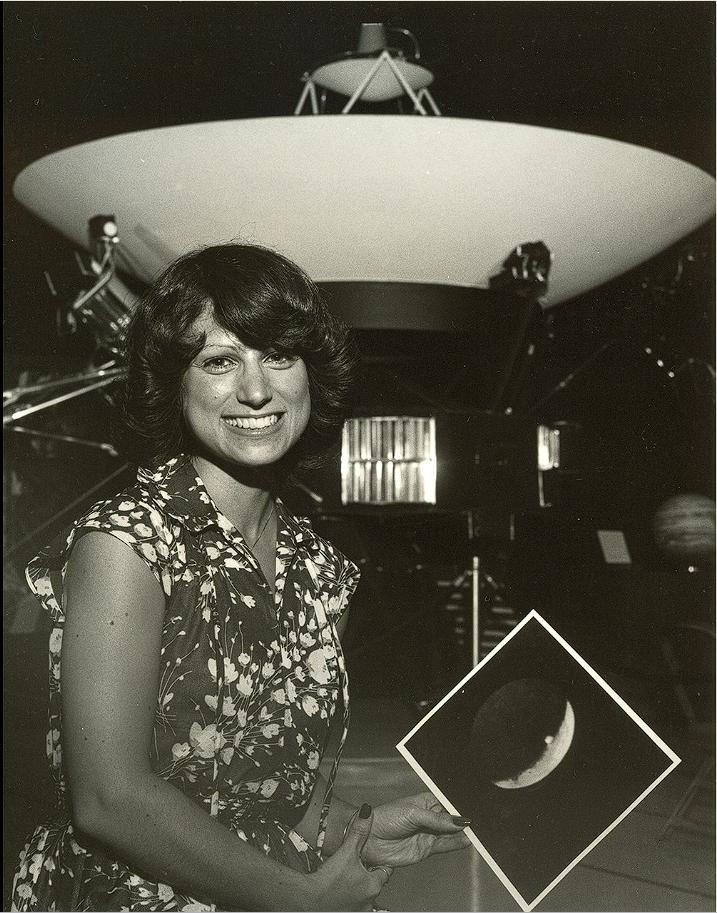Io: The Volcanic Moon That Defied Everything We Expected
When NASA’s Voyager spacecraft approached Io, one of Jupiter’s four Galilean moons, scientists anticipated a familiar sight: a battered surface dotted with impact craters, shaped by billions of years of collisions in the outer solar system.
What they got instead changed planetary science forever.

No Craters, Only Color
The first images beamed back showed something utterly alien. Io’s surface was a swirling canvas of yellows, reds, and oranges, like an oil painting spilled across stone. And most astonishingly—no craters.
That absence posed a question: how could a moon that orbits near the asteroid-rich zone of Jupiter be so untouched?
The Moment of Revelation
The answer came in 1979, when Linda Morabito, an engineer on the Voyager navigation team, was enhancing an image of Io’s edge. There, silhouetted against the blackness of space, was a plume of gas—rising straight off the moon’s limb.
It wasn’t a glitch. It was a volcano, erupting in real time. It was the first volcanic activity ever discovered beyond Earth.
Io: A Volcanic World in the Outer Solar System
Far from dead, Io was very much alive—and geologically restless. Further analysis revealed that its surface is constantly being reshaped by violent volcanic eruptions, intense enough to erase any ancient crater marks.
Since that groundbreaking moment, scientists have identified at least nine active volcanoes on Io and suspect there are hundreds more, possibly even thousands of extinct vents.
Some eruptions send material hundreds of kilometers into space, powered not by internal heat from a large core (like Earth), but by the intense gravitational pull of Jupiter and its other moons. This tidal heating kneads Io’s interior, generating enough energy to keep its insides molten.
A Moon Like No Other
Io’s surface is a bizarre, ever-changing landscape of lava lakes, sulfur plains, and towering plumes. Its vivid colors come from sulfur compounds spewed out during eruptions, painting the moon in fiery hues.
In contrast to the icy serenity of Europa or the battered crust of Callisto, Io feels almost mythic—a place where the very ground moves beneath your feet, and geology happens in real time.
Conclusion: A New Chapter in Planetary Science
Voyager’s discovery at Io didn’t just rewrite textbooks—it opened a new chapter in our understanding of what’s possible in the solar system. That a moon could be so volcanically active, so unpredictable, and so alive, was a revelation.
Centuries after Galileo first observed Jupiter’s moons, Io reminds us that space still holds surprises. It’s not just a relic of ancient formation—it’s a world in motion, erupting with life and color in the cold depths beyond Mars.
